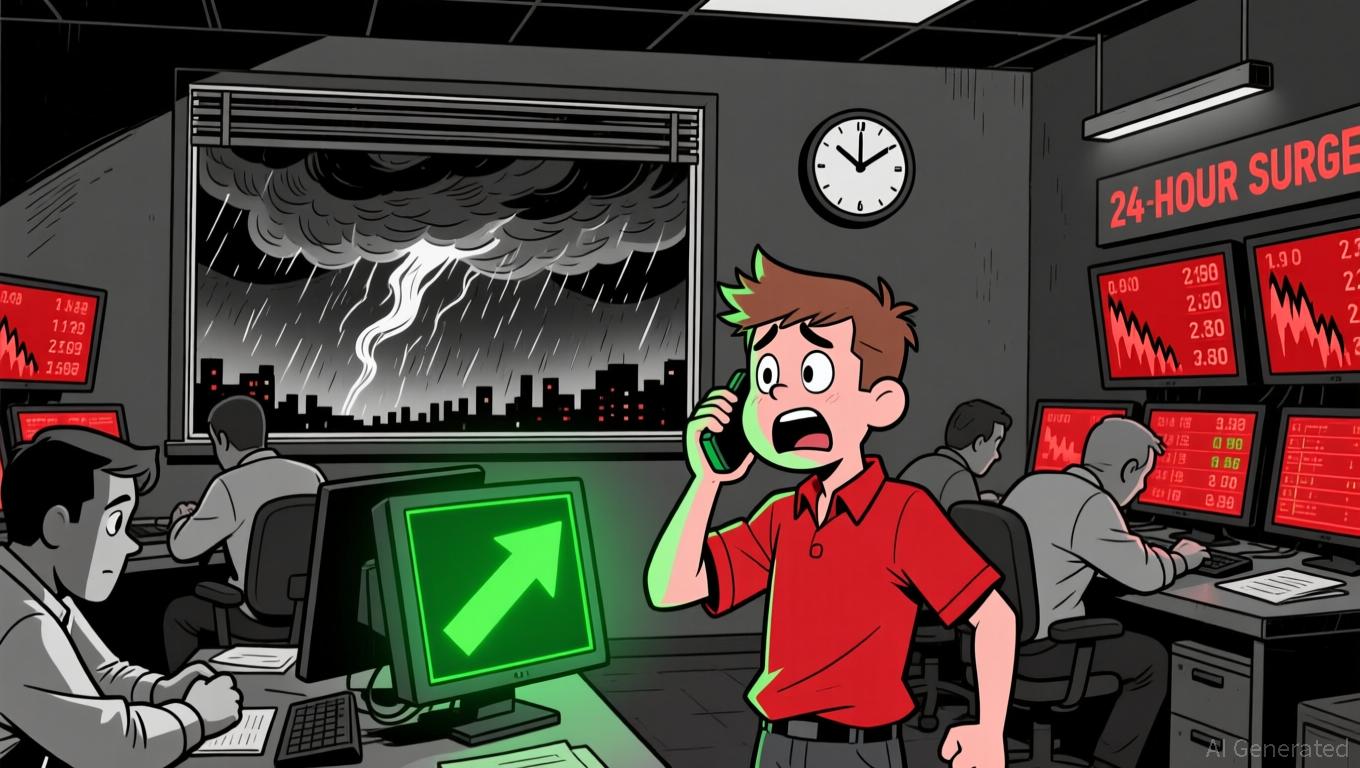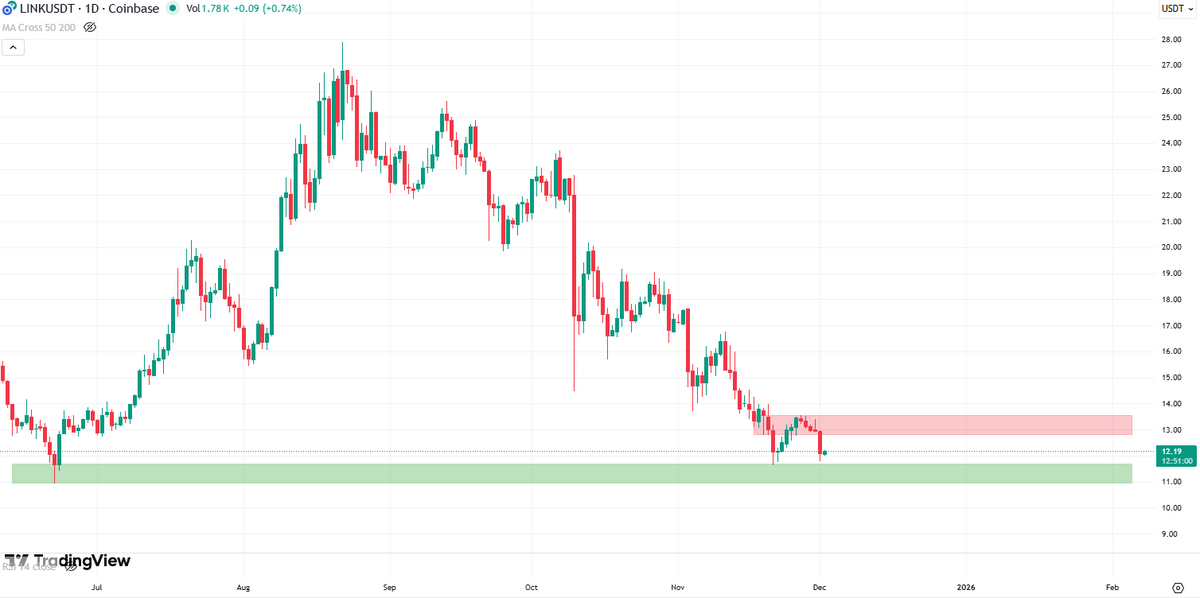ASTER drops 135.47% within 24 hours as market volatility intensifies
- ASTER plunged 538.92% in 24 hours to $1.43 on Oct 15, 2025, reversing prior 7-day 764.57% gains. - Analysts link the crash to market corrections and sentiment shifts, but no official cause has been disclosed. - Technical indicators show oversold RSI and bearish MACD divergence, signaling potential continued decline. - A backtest hypothesis is proposed to analyze historical recovery patterns after extreme drawdowns like -31.10%.
On October 15, 2025,
This significant drop occurred after a period of rapid appreciation, which had led to heightened expectations for continued growth. Experts suggest that the abrupt reversal may be attributed to market corrections and changing investor sentiment. Nevertheless, the exact reasons behind this movement remain uncertain, as neither the issuer nor related parties have released an official statement. The scale of the decline has sparked concerns about the durability of earlier gains and the overall condition of the asset class.
From a technical analysis standpoint, major indicators have shifted alongside the price movement. The Relative Strength Index (RSI) has entered oversold levels, while the Moving Average Convergence Divergence (MACD) is showing divergence, hinting at possible bearish momentum. While these technical signals could point to a continued downward trend, they do not necessarily indicate a prolonged bearish phase.
Backtest Hypothesis
To analyze how assets have historically behaved after similar price swings, it is important to develop a clear backtesting hypothesis. The initial step involves defining a universe of tickers, which might include a single stock or a broader market index. Given the severity of the decline—approximated as a –31.10% drawdown for practical analysis—the criteria for such an event must be explicit. For example, an “event” could be defined as any month-end where a stock drops below a specified threshold, followed by measuring returns over the subsequent 1, 3, and 6 months. Setting the backtest period from 2022 to the current date ensures a robust dataset to evaluate recovery potential or further losses after such events. With these parameters established, relevant data can be gathered, event dates pinpointed, and an event-study backtest performed to guide future investment strategies.
Disclaimer: The content of this article solely reflects the author's opinion and does not represent the platform in any capacity. This article is not intended to serve as a reference for making investment decisions.
You may also like
ZEC Rises 8.55% Over 24 Hours as Significant Short Covering and Position Flips Occur
- ZEC surged 8.55% in 24 hours to $346.59, but fell 23.78% in 7 days amid volatile swings. - A major ZEC short position turned $21M loss into $5M+ profit after price declines in late October. - The same address holds ETH and MON shorts, with ETH shorts generating $9.5M gains (643% profit). - ZEC's 1-year 563% rise contrasts recent declines, highlighting liquidity-driven market risks for leveraged positions. - Analysts remain cautious as short-term gains coexist with uncertain long-term volatility in crypto

ALGO Climbs 5.83% as Recent Gains Counteract Overall Downtrend
- ALGO surged 5.83% in 24 hours on Dec 2, 2025, but remains down 58.74% annually amid broader crypto market declines. - Short-term buying interest drove the rally, though analysts warn of continued volatility due to macroeconomic uncertainties. - The 24-hour rebound contrasts with a 4.37% seven-day loss, highlighting uneven recovery in the crypto sector. - Traders remain cautious as isolated buying pressure emerges, but long-term bearish trends persist despite temporary optimism.

Chainlink ETF Set to Debut as LINK Slips Amid Market Weakness

Striking baristas win $38.9 million in compensation, yet contract disputes continue
- Starbucks settles NYC Fair Workweek Law violations for $38.9M, including $35.5M restitution to 15,000+ workers. - Striking baristas demand collective bargaining amid ongoing labor disputes and unionization efforts at 550 stores. - Mayor-elect Mamdani and Sen. Sanders join protests, framing demands as moral issues against corporate resistance. - Settlement addresses 500,000 scheduling violations since 2021, with workers receiving $50/week compensation. - Starbucks defends labor law complexity but faces cr
